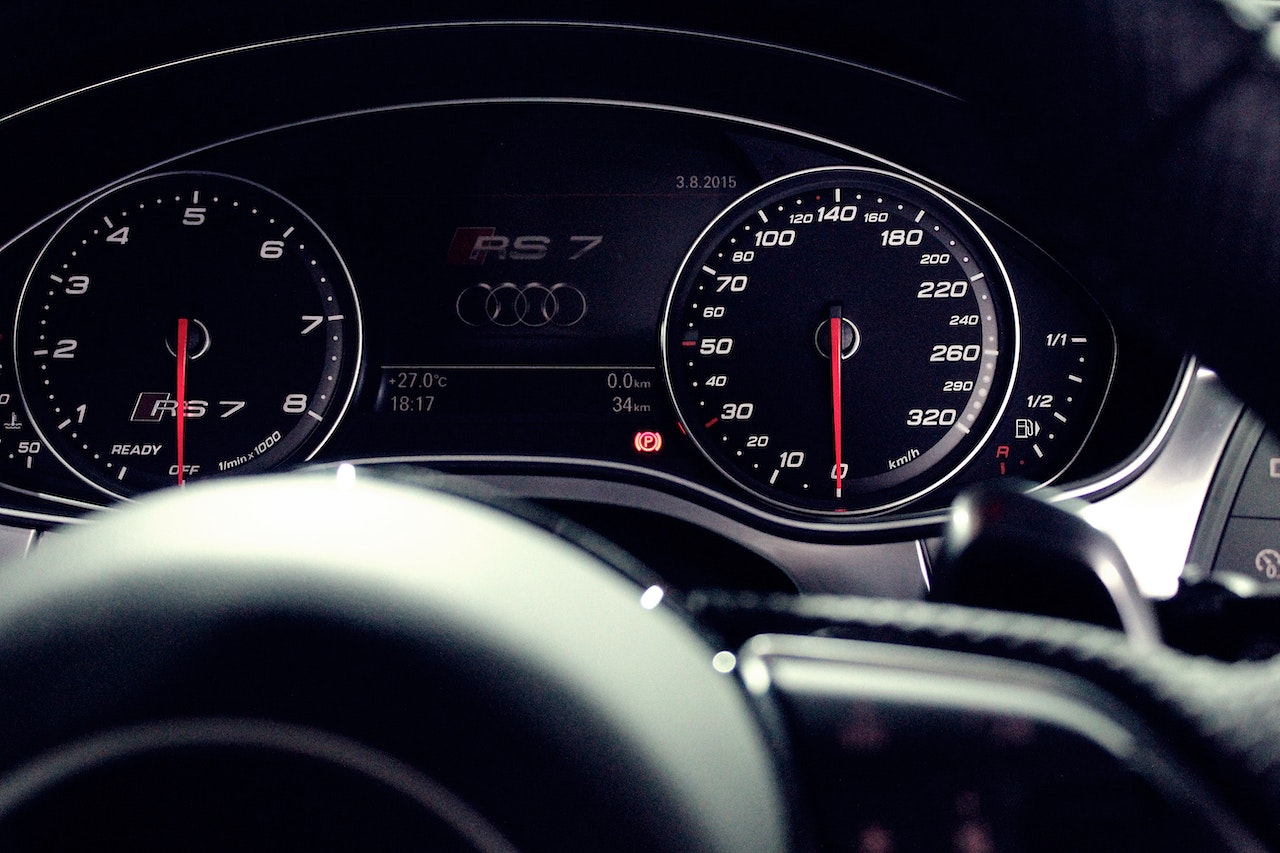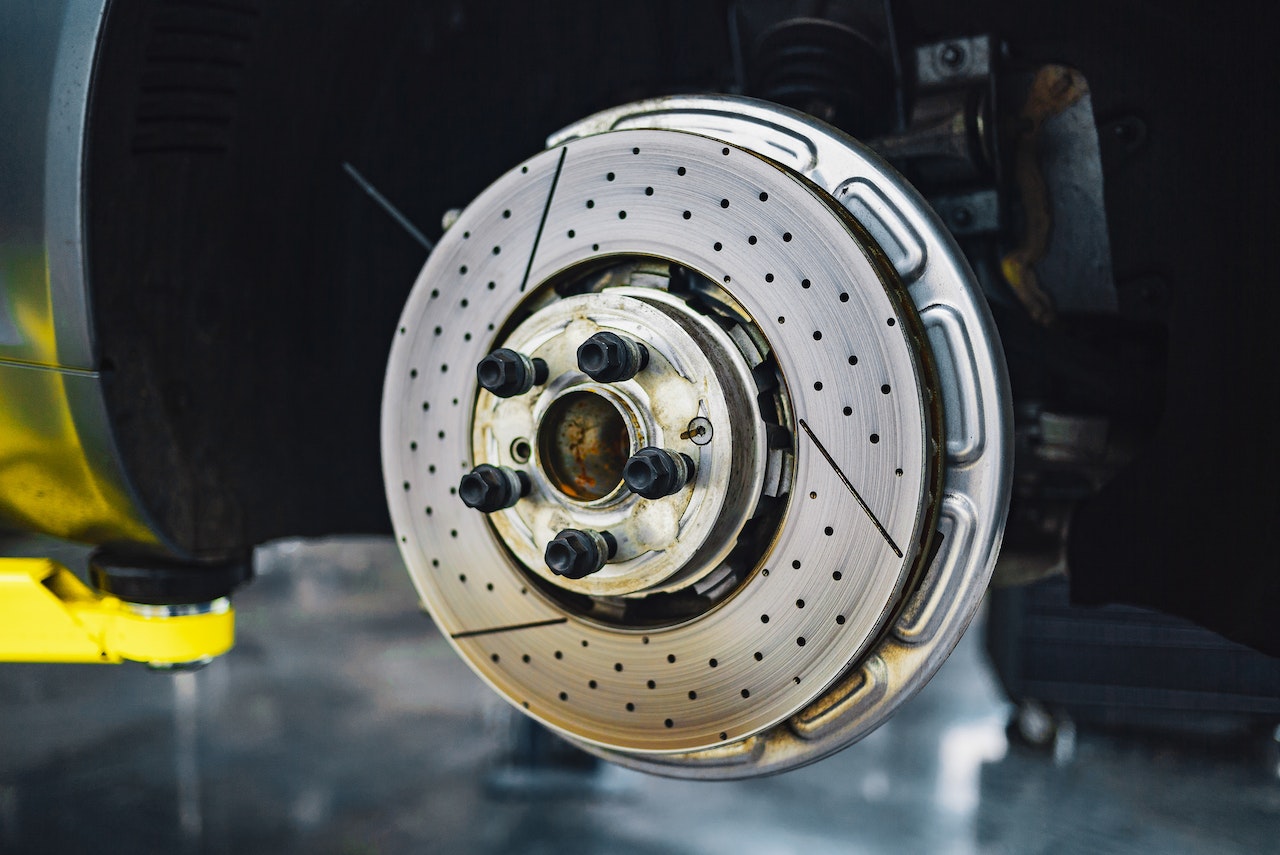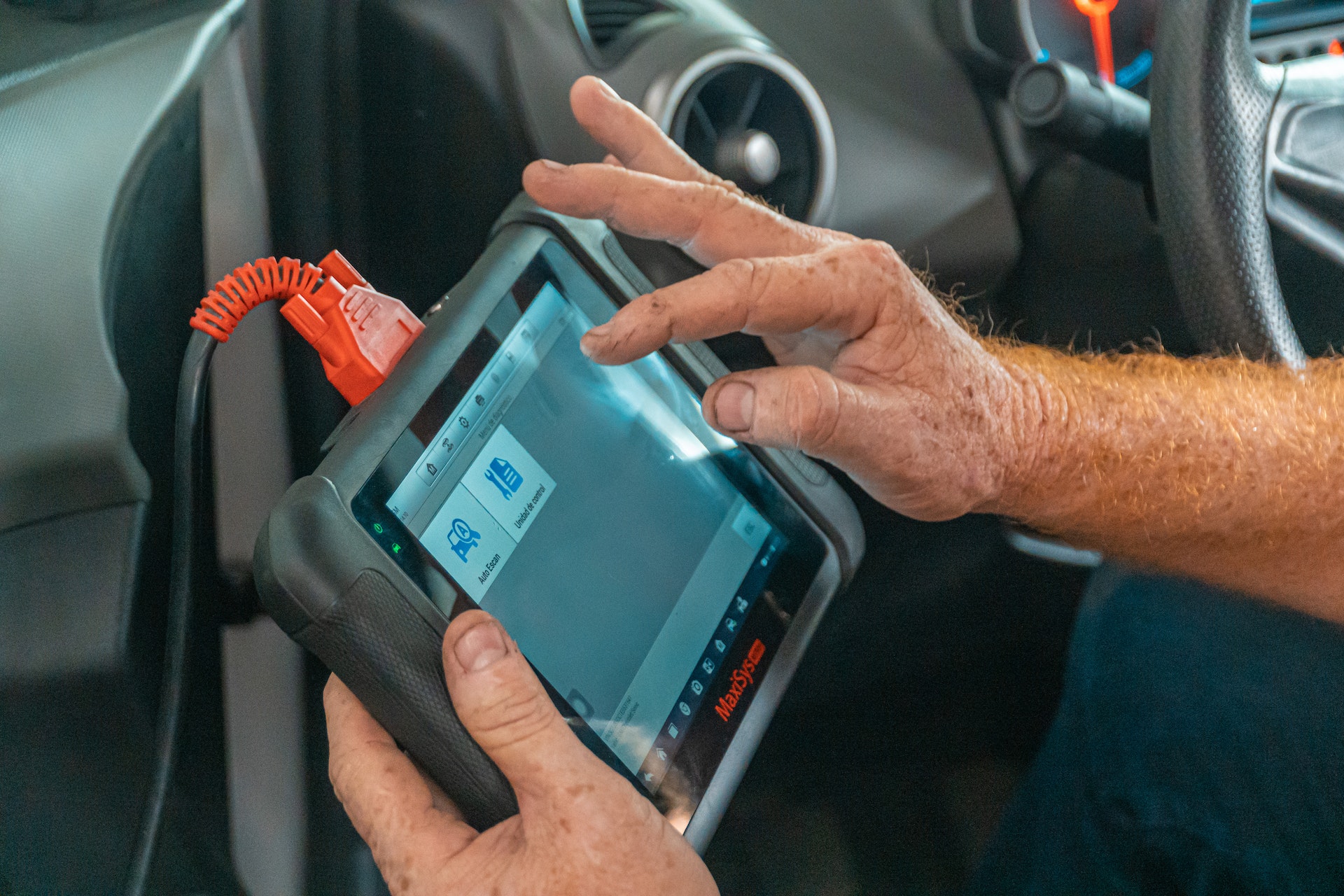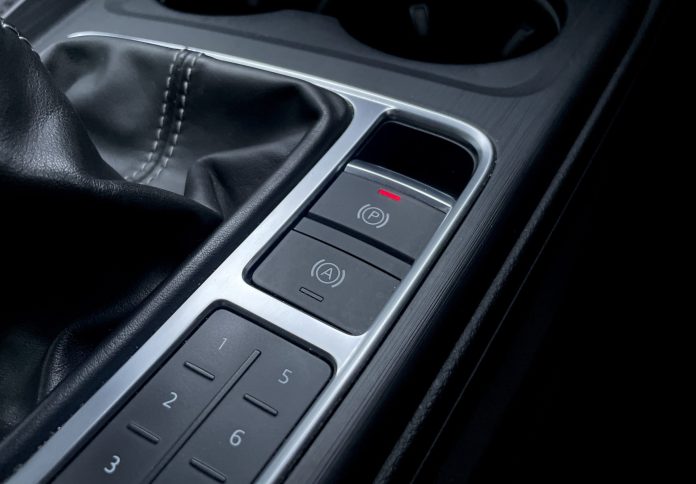In this article, we’ll provide you with a comprehensive guide to identifying and fixing the Audi parking brake malfunction. We’ll also answer some frequently asked questions and provide tips to help you prevent parking brake issues from happening in the future.
The electric parking brake keeps your car stationary on inclines, prevents rollaway accidents, and ensures that your car doesn’t move when parked. Some of the most common issues include the parking brake not engaging, failing to release, or engaging while driving. These problems can be caused by a wide range of factors, including faulty sensors, worn-out brake pads, or issues with the electronic parking brake module.
But what are the consequences of a malfunctioning parking brake? Well, the consequences can range from minor annoyances to potentially life-threatening situations. For instance, if your parking brake fails to engage when parked on a steep incline, your car could roll away and cause an accident. Similarly, if your parking brake engages while you’re driving, it could lead to loss of control, resulting in a serious accident.
Fortunately, there are several solutions available to Audi owners experiencing parking brake malfunctions. Some of these solutions can be done yourself others may need a qualified mechanic. We’ll also answer some frequently asked questions and provide tips to help you prevent parking brake issues from happening in the future.

Common Causes
Electronic Component Failure
The EPB system in modern Audi cars uses electronic components such as a switch or control module to engage and disengage the brake. These components can become damaged or fail over time, which can prevent the EPB from functioning properly.
For example, if the switch that activates the EPB is damaged, it may not engage or disengage the brake when the switch is pressed. This can result in the EPB not working at all or working intermittently, which can be dangerous.
Similarly, if the control module that manages the EPB system fails, it can prevent the brake from engaging or disengaging properly. This can result in the EPB engaging unintentionally, even when the vehicle is in motion, which can cause accidents.
When electronic component failure is suspected as the cause of an Audi parking brake malfunction, it’s important to have the vehicle inspected by a certified mechanic. They can diagnose the issue and replace any faulty components to ensure that the EPB is functioning safely and properly.
Faulty Callipers
The callipers are components that hold the brake pads and press them against the disc to slow down or stop the vehicle. In an Audi with an electronic parking brake system, the callipers are also responsible for engaging and disengaging the EPB.
If the callipers become damaged or fail, it can prevent the EPB from engaging or disengaging properly. For example, if the callipers are sticking or not releasing properly, it can prevent the EPB from engaging properly, resulting in a malfunction.
In addition to affecting the EPB, faulty callipers can also affect the regular braking system of the Audi. If the callipers are not functioning properly, it can cause uneven wear on the brake pads and discs, leading to reduced braking performance and potential safety hazards.
To diagnose faulty callipers as the cause of an Audi parking brake malfunction, a mechanic will inspect the brake system for signs of damage or wear. If the callipers are found to be faulty, they will need to be replaced to ensure the proper function of the EPB and regular braking system.

Brake Pad Wear
Brake pads make contact with the disc to slow down or stop the vehicle. Over time, the friction caused by this contact wears down the brake pads, which need to be replaced periodically.
If the brake pads become too worn, they may not make proper contact with the disc when the EPB is engaged, resulting in a malfunction. Additionally, if the brake pads become too thin, they may not provide enough resistance to keep the vehicle from rolling when the EPB is engaged.
Regular maintenance and inspection of the brake pads can help prevent Audi parking brake malfunctions caused by brake pad wear. It is recommended to have the brake pads inspected at least once a year, or more frequently if you notice any unusual noises or vibrations while braking. If the brake pads are found to be too worn, they should be replaced promptly to prevent further damage to the braking system.
Corrosion
Over time corrosion can occur on the brake callipers, cables, and other components, causing them to seize up or become stuck.
It can occur due to exposure to moisture, road salt, and other environmental factors. It can be exacerbated in areas with high humidity, frequent rain, or proximity to the sea.
This can interfere with your brake’s proper function, preventing them from engaging or disengaging properly. This can lead to them becoming stuck in the engaged position.
To prevent corrosion-related Audi parking brake malfunctions, it is important to keep the brake components clean and free of debris and to have them inspected regularly.

Battery Problems
The electronic parking brake system in all Audi vehicles relies on electrical power to function properly. If the battery is weak or failing, it may not provide enough power to engage or disengage the parking brake, resulting in issues.
One common issue related to the battery is a weak or discharged battery. If the battery is not charged or has low voltage, it may not provide enough power to engage or disengage the parking brake, resulting in malfunctions. This can be particularly problematic in colder weather, when the battery may have reduced capacity due to the low temperatures.
Another issue related to the battery is a faulty alternator. The alternator is responsible for charging the battery and providing electrical power to the vehicle while it is running. If the alternator is not functioning properly, the battery may not receive enough charge, resulting in a weak or discharged battery.
Faulty Wheel Speed Sensor
The wheel speed sensor measures the rotational speed of the wheels and sends the information to the electronic control module (ECM), which controls the parking brake system.
A faulty wheel speed sensor can cause the parking brake to malfunction, as the ECM may not receive accurate information about the wheel speed. This can lead to the parking brake failing to engage or disengage properly, resulting in potentially hazardous situations.
The wheel speed sensor can become faulty due to various reasons such as dirt, debris or moisture entering the sensor, damaged wiring or connectors, or general wear and tear over time.

Software Issues
One common software-related issue is a programming error in the ECU. If there is a mistake or bug in the ECU software that controls the parking brake, it can cause the brake to engage or disengage incorrectly, leading to malfunctions. This can happen if the software is not properly updated or if there is a compatibility issue between different software components.
Another potential cause is a communication error between different ECUs. Audi vehicles use multiple ECUs to control different systems, and these ECUs need to communicate with each other to ensure proper function.
To prevent software-related Audi parking brake malfunctions, it is important to keep the vehicle’s software up to date by regularly updating it at an authorized Audi dealership or repair shop. It is also important to have any software-related issues diagnosed and repaired by a qualified mechanic with experience in Audi software.

Solutions
Manual Reset
Resetting the parking brake in an Audi can be necessary for certain situations, such as when the brake system has been serviced or repaired, or when the brake warning light is illuminated on the dashboard. Here are the steps to reset the parking brake on an Audi:
- Turn on the ignition: Turn the ignition key to the “On” position (or push once for keyless vehicles), but do not start the engine.
- Apply the foot brake: Press down on the brake pedal with your foot and hold it down throughout the reset process.
- Deactivate the parking brake: Locate the parking brake switch or button, which is typically located on the centre console near the gear selector. Press and hold the switch or button until the parking brake light on the dashboard flashes several times.
- Wait for the reset: After releasing the parking brake switch or button, wait for a few seconds until the parking brake light stops flashing and remains illuminated.
- Reactivate the parking brake: Press and hold the parking brake switch or button again until the parking brake light on the dashboard turns off.
- Release the foot brake: Release the foot brake pedal and verify that the parking brake is disengaged.
It is important to note that the specific process for resetting the parking brake may vary slightly depending on the Audi model and year. It is always recommended to consult the vehicle’s owner’s manual or seek professional assistance if you are unsure about the process.
OBD Reset
Fixing an Audi parking brake malfunction using a diagnostic machine requires a bit more technical expertise and equipment than the previous methods we’ve discussed. However, if you have experience with using diagnostic machines or have access to one, this could be a viable solution to fixing the issue.
Here are the steps to fixing an Audi parking brake malfunction using a diagnostics machine:
- Connect the diagnostic machine to the Audi’s OBD-II port. This is usually located under the dashboard on the driver’s side.
- Turn on the diagnostic machine and follow the instructions to access Audi’s electronic parking brake module.
- Look for any fault codes related to the parking brake system. These codes will give you an idea of what component is causing the issue.
- Depending on the fault code, you may need to replace a specific component such as a faulty wheel speed sensor or a malfunctioning electronic module.
- Once you have replaced the faulty component, clear the fault codes using the diagnostic machine.
- Test the parking brake system to make sure the issue has been resolved.

Battery Reset
Resetting the Audi parking brake can sometimes be done by disconnecting the car’s battery. However, it’s important to note that disconnecting the battery can also reset other systems in the car, so it’s not always the recommended method.
To reset the parking brake by disconnecting the battery, you’ll need to follow these steps:
- Turn off ignition & remove key from ignition switch (if your vehicle isn’t keyless).
- Locate the car’s battery. The battery is usually located in the engine compartment, but in some models, it may be located in the trunk.
- Use a wrench to loosen the negative battery cable clamp. The negative cable is usually black, and the positive cable is usually red.
- Remove the negative battery cable clamp from the battery terminal and move it away from the battery post.
- Wait for 10-15 minutes. This allows time for the car’s electronic systems to reset.
- Reconnect the negative battery cable clamp to the battery terminal and tighten it with the wrench.
- Start the engine and test the parking brake. If the parking brake warning light is still on, you may need to perform additional troubleshooting steps or seek the assistance of a professional mechanic.

See A Professional
If you’re not comfortable fixing the electronic parking brake issue yourself, you can always take your Audi to a trusted garage for repair. A mechanic will be able to diagnose the issue using a diagnostic tool and provide you with a solution.
When taking your car to a garage, be sure to provide them with as much detail about the problem as possible. Inform them about any warning lights on the dashboard, any unusual noises or sensations, and any steps you’ve taken to troubleshoot the issue. This information can help the mechanic to pinpoint the root of the problem more quickly.
The cost of repair will depend on the severity of the issue, the parts required, and the labour involved. It’s always a good idea to obtain a quote upfront, so you have an idea of what to expect. If you have a warranty or service plan, check to see if the repair is covered under those terms.
Remember to only take your Audi to a reputable garage with experienced mechanics who have worked on similar models. A qualified mechanic will ensure that the repair is done correctly, and your vehicle is safe to drive.

Why do I get a service electronic parking brake message?
The message “service electronic parking brake” typically indicates that there is an issue with the electronic parking brake system in your Audi. This message may appear on your dashboard when there is a fault in the system that requires attention from a trained mechanic.
There could be a number of reasons why this message appears, including electronic component failure, faulty callipers, brake pad wear, corrosion, battery issues, software problems, or a faulty wheel speed sensor. Each of these issues can affect the performance of the parking brake and may require professional attention to resolve.
Ignoring this warning could result in further damage to your vehicle or even a potential safety risk. Therefore, it’s important to take your car to a certified Audi mechanic as soon as possible to diagnose and repair the issue. They will be able to identify the specific problem and take the necessary steps to fix it, ensuring that your vehicle is safe and fully functional.
Which Cars Feature The Electronic Parking Brake?
The electronic parking brake (EPB) is a relatively new technology that is now becoming a standard feature on many Audi models. In fact, the EPB has been featured on many Audi models since the early 2000s, and it is now standard on most new Audi vehicles.
Some of the most popular Audi models that feature an EPB include the Audi A1, A2, A3, A4, A5, A6, Q3, Q5, Q7 and TT. These models feature an electronic parking brake system that is controlled by a small switch located on the centre console or dash. The EPB system operates using electric motors to apply and release the brake, rather than relying on a traditional mechanical system.
The EPB system provides several advantages over traditional parking brakes. For one, it takes up less space in the vehicle, allowing for more cabin space and a more comfortable ride. Additionally, the EPB system is easier to use, as it can be engaged and disengaged with the push of a button. It also provides a more consistent and reliable braking force, making it safer for drivers.
Overall, if you’re in the market for a new Audi, it’s highly likely that it will feature an electronic parking brake system. However, it’s still important to be aware of potential issues that may arise with the EPB system and how to properly maintain it to avoid malfunctions.

FAQs
How do I know if my Audi’s parking brake is malfunctioning?
There are several potential signs of a parking brake malfunction, including a brake warning light on the dashboard, a parking brake that won’t engage or release, and unusual noises or vibrations when you apply the brake. If you notice any of these symptoms, it’s important to have the issue looked at by a professional mechanic.
Can I drive my Audi if the parking brake is malfunctioning?
It’s not recommended to drive your Audi if the parking brake is malfunctioning, as it can put you and your passengers at risk.
How often should I have my Audi parking brake inspected?
It’s recommended that you have your Audi parking brake inspected at least once a year or whenever you notice any issues with the brake system.
How much does it cost to repair an Audi parking brake?
The cost to repair an Audi parking brake can vary depending on the severity of the issue and the cost of replacement parts. It’s best to get a quote from a certified mechanic to determine the cost of repairs.
Can I replace the parking brake on my Audi myself?
While it’s possible to replace the parking brake on your Audi yourself, it’s not recommended unless you have the necessary skills and experience. It’s best to leave brake repairs to a certified mechanic to ensure the job is done correctly and safely.
How long does it take to repair an Audi parking brake?
The time it takes to repair an Audi parking brake can vary depending on the complexity of the issue and the availability of replacement parts. It’s best to consult with a certified mechanic to determine the estimated repair time.

Conclusion
In conclusion, the electronic parking brake malfunction is a common problem among Audi car owners. The malfunction can be caused by various factors such as electronic component failure, faulty callipers, brake pad wear, corrosion, battery issues, software problems, and faulty wheel speed sensors.
If you experience any of the symptoms of an electronic parking brake malfunction, such as the warning light staying on or the brake not engaging or releasing properly, it is important to take your car to a certified Audi technician for proper diagnosis and repair. Attempting to fix mechanical problems on your own can lead to further complications and potentially dangerous situations.
Regular maintenance and servicing of your Audi’s parking brake system can help prevent malfunctions from occurring. This includes checking the brake pads and discs regularly, keeping the brake system free from corrosion, and replacing the wheel speed sensors when necessary.
Overall, if you are experiencing an Audi parking brake malfunction, don’t hesitate to seek professional help. Ignoring the problem can lead to costly repairs or even accidents. With proper maintenance and timely repairs, your Audi can continue to provide you with safe and reliable transportation for many years to come.



